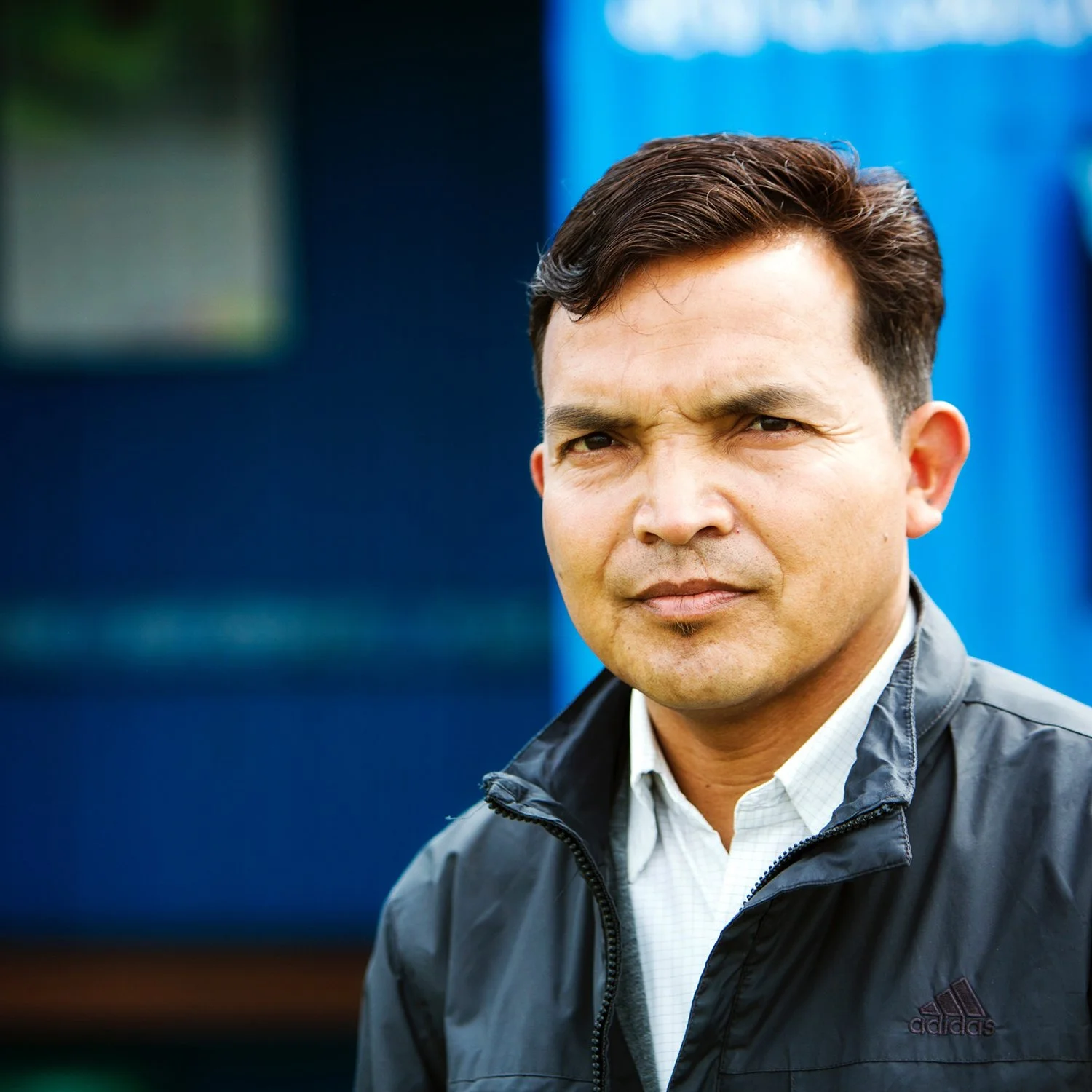Rescue
because you care

India Border
Preemptive Strategy
There are two ways to fight human trafficking in Nepal. One is to rescue victims caught in trafficking. These victims are usually found in the major cities of India in grimy red-light districts. Organized crime syndicates enslave them, and extracting them is dangerous, expensive, and difficult. The second way is to stop trafficking before it happens.
Strategic Crossings
The Indian Army patrols the India–Nepal border. Though there are a few remote areas where illegal crossings take place, for the most part, border traffic funnels through several strategic market towns that straddle the border. One of those towns is Nepalgunj, Nepal. There is a large market on the India side of the border and a great deal of cross-border commerce.
Community Partnership
We set up a simple five-by-six corrugated booth on the main road into India from Nepalgunj, about 1,000 feet from the border. We painted it Nepali-government blue and liaised with the local Nepali government officials, who were very willing to work with us. We man that booth daily and monitor the traffic, most of which is by foot, horse-cart, and bicycle.
Spotters
A trained person can identify a trafficker. They are usually Indian men traveling with three to six Nepali children aging between nine and fifteen. The children are almost always poor, bewildered village kids. In our first year, 2014, we rescued 1,453 children. Over 6,500 children have been stopped at the border in the last four years and returned to their families.
Model
The Nepali government now refers to our border rescue station as a model. They’ve asked us to open another station at a border crossing about 15 miles east of Nepalgunj. They have also requested that we build a safe house in Nepalgunj to temporarily house the children we rescue. It usually takes one to two weeks to contact their families and arrange their return.
Safe House
The safe house is a project we have postponed for as long as possible. Land prices have escalated dramatically in Nepalgunj, and to this point, it has not been necessary to invest in infrastructure. Labor and materials are inexpensive, which somewhat offsets the cost, but it is a big investment. We are exploring how we might develop a compound in Nepalgunj.






